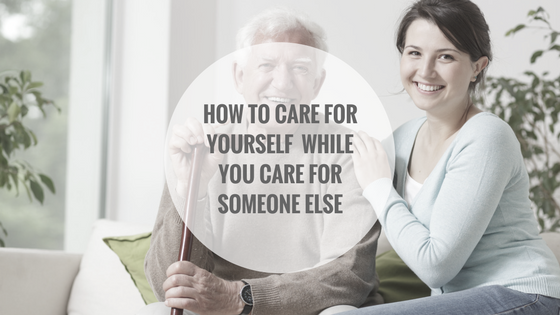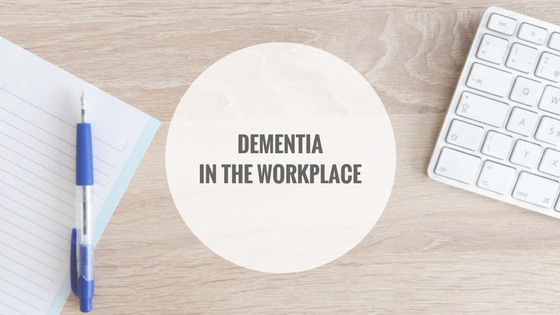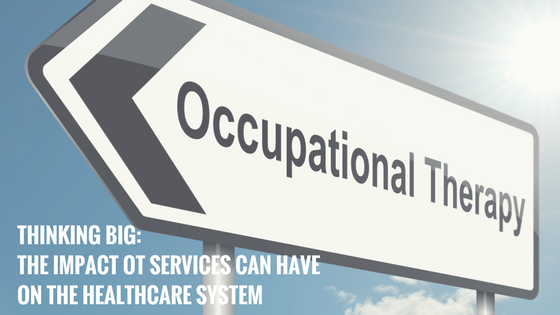Julie Entwistle, MBA, BHSc (OT), BSc (Health / Gerontology)
The pendulum has surely shifted on what society will and will not tolerate when it comes to sexual harassment and sexual abuse. For those that remain confused on these two overlapping but very different concepts, here are simple definitions from Wikipedia:
Sexual Harassment: bullying or coercion of a sexual nature, or the unwelcome or inappropriate promise of rewards in exchange for sexual favors.
Sexual Abuse: undesired sexual behavior by one person upon another.
Sexual harassment has often been related to the workplace and women tend to be the most common recipients. It also tends to involve a power imbalance whereby one person is in a position of authority over the other, but by definition, this does not have to be the case. With the current societal shifts, it is now recognized that harassment can extend beyond the workplace, and is not gender specific. Sexual abuse, on the other hand, has always been more of a global term, applying to anyone, anywhere, anytime, who is forced into sexual activity without their consent. It has always been socially unacceptable, even when sexual harassment was more of a commonality.
Truth be told, I have been a victim of both. I can say that harassment is easier to talk about but at the time I was being harassed it was not as socially unacceptable as it has become. In fact, it almost seemed common that a young woman working (and in my case playing sports) who was exposed to men in more senior positions would be solicited, propositioned, flirted with or asked on dates or to social events. I was fortunate in that none of these experiences turned into sexual abuse and I trust (hope) that men today behave much more professionally around women in general. Sexual abuse, on the other hand, is much harder to talk about, and my experience with this is not one I am comfortable sharing publicly. I do know though that victims of sexual abuse often need therapy to help them recover from their trauma, and I am hopeful that the recent media attention to this will encourage victims to come forward and seek help should they need it.
Occupational therapy can be one form of treatment for people who have suffered from sexual harassment or abuse. When people are off work or struggling with work, our therapy helps people to discover functional barriers, develop solutions, proactively engage in problem solving, and then assists people to forward in their new chosen direction (albeit return to work, seeking new work, or addressing retraining). With sexual abuse some occupational therapists are trained in psychotherapy and work with people directly to address the results of their trauma. Occupational therapy also helps people to rebuild the elements of their life that have been lost because of their trauma. Sometimes victims of sexual abuse develop maladaptive ways to cope (addictive behaviors, inactivity, social isolation to name a few) and these can be addressed in treatment. It is also common that depression and anxiety surface following sexual abuse, and these too can be tackled through activation at home and in the community. Occupational therapists work very well with other providers who may also be involved – social workers, psychologists, and the medical team, helping to create a cohesive and impactful approach to recovery.
If the media attention to these problems results in positive societal and behavioral change, then we all need to be thankful and grateful to the people that have come forward and for the stories that have been shared. And if sexual harassment or abuse have caused problems for you and impact how you manage your day-to-day activities including work, taking care of yourself, enjoying leisure, or managing important elements of how you want to spend your time, consider occupational therapy as one element of your recovery team.













